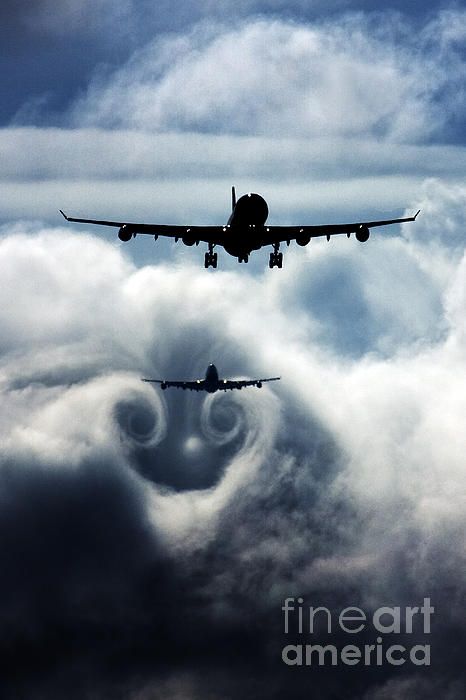Airlines still caught in Covid-19 wake-turbulence

Michael Wakabi
The global airline industry is not yet to fly clear of Covid-19 induced market disruptions, pushing back any prospects for an early recovery. Although many countries have partially opened up their markets, the persistence of quarantine measures, has severely constrained while the onset of a second Covid-19 wave in Europe has dampened prospects further.
France and the United Kingdom, the biggest markets in Europe are back into lockdown, shaving a significant slice off projections for the festive season.
In its latest briefing this week, the airline industry’s lobby IATA, says that earlier recovery was already showing signs of stalling as early as September.
Global demand as measured in revenue passenger kilometres for the month was 72.8percent down on the comparable period for 2019. The number of seats deployed by airlines was 63percent down on September 2019 while the load factor also fell 21.8 percent to 60.1 percent.
“We have hit a wall in the industry’s recovery” says IATA chief executive Alexander de Juniac. “A resurgence in COVID-19 outbreaks, particularly in Europe and the US, combined with governments’ reliance on the blunt instrument of quarantine in the absence of globally aligned testing regimes, has halted momentum toward re-opening borders to travel,” he told media briefing November 3.
Although domestic markets were doing better, de Juniac says this was largely due on account of growth in China and Russia. He however, cautions that this is not enough to sustain a general recovery because domestic traffic represents just over a third of total industry traffic.
African airline traffic fell 88.5percent during September, almost matching the 88.7 drop registered in August while capacity shrank 74.7percent and load factors fell further to just 32.6 percent.
European demand continued its downward spiral in September falling 82.5percent compared to an 80.5percent decline recorded for August. IATA says Europe was the only region to see a swing in traffic relative to August, because of a surge in new Covid-19 infections that triggered a wave of border closings. Capacity for Europe contracted 70.7percent while the load factor shed 35.1 percentage points down to 51.8percent.
Similar declines were seen across other regions Asia pacific seeing a 95.8percent fall in September traffic compared to the same month in 2019. IATA says the region has seen the steepest declines in traffic because of stringent flight restrictions amidst little re-opening of borders. Capacity there fell 89.6percent with the load factor sinking to a low of 31.7percent, which was the lowest among regions.
The Middle East continued to take a beating with airlines there posting a 90.2 percent decline in traffic for September. Although this represented a 2percentage point improvement over August capacity was down 78.5percent and load factors at 34.4percent. North American traffic fell 91.3 during the month but capacity was down 78.3percent and load factor at just 33.4percent. The trend was pretty much the same for Latin America where traffic fell 92.2 percent but load factors settled at 53.3 percent.
Although cargo was doing much better, trending just 8 percent below 2019 levels, the removal of many widebody passenger aircraft from service means airlines have gained as much as they should from this demand. Cargo is projected to remain robust for the rest of the year because of stable demand for shipments of Covid-19 supplies.
Costs remain a challenge for the airlines because of the cost of keeping aircraft parked. de Juniac says the industry which will be burning cash at a rate of $300,000 per minute during the second half of 2020, remains in peril because costs are not falling in tandem with the market. That will translate into $77 billion and comes on top of the $51 bill incurred between April and June.
“Last week we provided analysis showing that the airline industry cannot slash costs fast enough to compensate for the collapse in passenger demand brought about by COVID-19 and government border closures and quarantines. Some 4.8 million aviation-sector jobs are imperiled, as are a total of 46 million people in the broader economy whose jobs are supported by aviation.
“To avoid this economic catastrophe, governments need to align on testing as a way to open borders and enable travel without quarantine; and provide further relief measures to sustain the industry through the dark winter ahead. A broader economic recovery is only possible through the connectivity provided by aviation,” he said.

 African Heads of state head to South Korea next week for Summit talks
African Heads of state head to South Korea next week for Summit talks
 Trading leads as main source of income for Ugandans
Trading leads as main source of income for Ugandans
 New leadership for bankers’ umbrella as total assets top $12 billion
New leadership for bankers’ umbrella as total assets top $12 billion
 Brussels Airlines to announce Nairobi service
Brussels Airlines to announce Nairobi service
 SITA promises enhanced travel experience after Materna acquisition
SITA promises enhanced travel experience after Materna acquisition
 Saudia’s 105 aircraft order stretches A320neo lead over rival Max
Saudia’s 105 aircraft order stretches A320neo lead over rival Max
